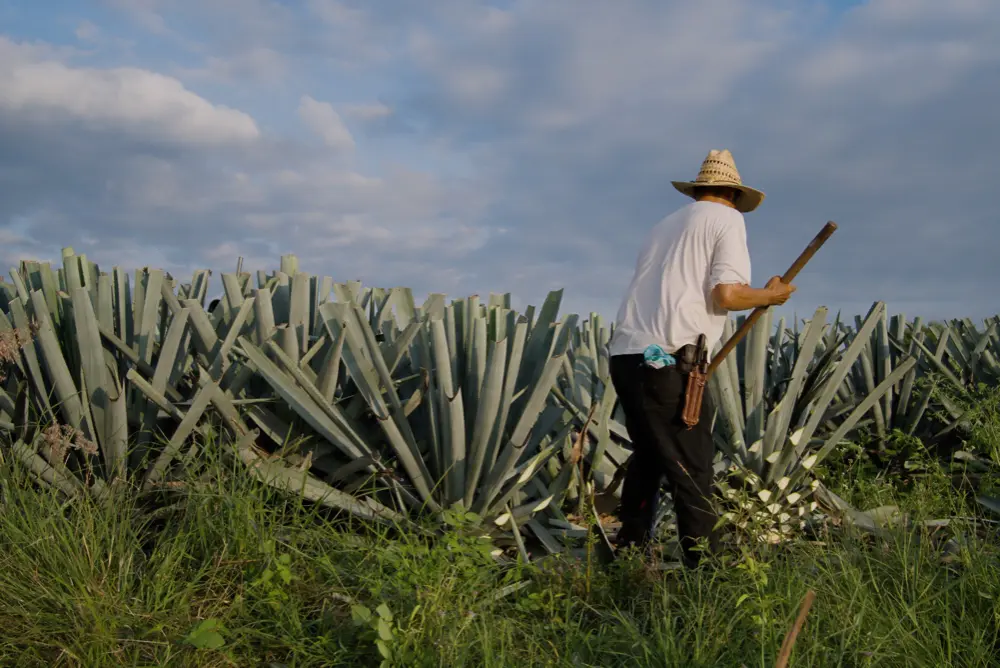Tamales were a traditional dish in prehispanic cultures in Mexico and Mesoamerica. Today, they are among the most common nixtamalized products consumed in Mexico, Central and South America, the Caribbean, the USA, Spain, and the Philippines.
Tamales involve a wide variety of recipes and ingredients. These include nixtamalized maize, potable water, vegetable shortening, and meat filling. The ingredients are mixed, spread in maize husks or banana leaves, and steam-cooked.
On average, a single pork tamale can have around 250 calories, with a macronutrient composition of approximately 36% carbohydrates, 17% protein, and 47% fat. While delicious, this traditional dish can be high in calories and fat, prompting the need for a healthier alternative.
Importance of consuming low-fat products
 The World Health Organization (WHO) recommends that fat intake not exceed 30% of total daily energy intake to avoid unhealthy weight gain and related health issues. While fats play an essential role in our diets, excessive consumption of certain types of fats, such as those typically found in tamales, can lead to cardiovascular problems and other health complications.
The World Health Organization (WHO) recommends that fat intake not exceed 30% of total daily energy intake to avoid unhealthy weight gain and related health issues. While fats play an essential role in our diets, excessive consumption of certain types of fats, such as those typically found in tamales, can lead to cardiovascular problems and other health complications.
The food industry is looking for ways to reduce or replace traditional foods’ fat and calorie content. Different vegetable fibers have been tested as fat replacers in food products. These fibers are an effective way to reduce fat and calories while maintaining texture and taste.
What is agave inulin?

Inulin is a type of carbohydrate known as a fructan, which is made up of fructose units linked together. Naturally found in plants, particularly chicory root and agave, inulin is gaining attention for its various health benefits. It acts as a soluble dietary fiber, meaning it dissolves in water and is digested more slowly by the body. Inulin has been shown to promote gut health by serving as a prebiotic, feeding beneficial gut bacteria, and improving digestive function.
Agave inulin is extracted from the agave plant, a succulent known for its role in tequila production. The inulin derived from agave has a highly branched structure, making it unique compared to other sources of inulin. This branching affects how it interacts with food systems, allowing it to serve as a texture modifier, fiber enhancer, and, in some cases, a fat replacer.
The study: replacing fat with agave inulin in tamales
A study published by Espinosa-Ramirez evaluated whether agave inulin could successfully replace fat in tamales without negatively affecting their physicochemical, nutritional, and sensory properties. Four replaced levels were evaluated, and how these different levels impacted the tamale’s texture, taste, nutritional value, and overall acceptability.
Impact of fat replacement on the physicochemical, sensory, and nutritional composition of foods.

The nutritional impact results showed that at 100% fat replacement, the fat content dropped by 88%, while total dietary fiber increased by 14%. This shift from fat to fiber contributed to a reduction of up to 26% in the calorie content of the tamales compared to their full-fat counterparts. Inulin’s ability to act as a prebiotic also benefits digestive health, enhances nutrient absorption, and may even play a role in weight management by increasing the feeling of fullness.
Replacing fat with agave inulin in tamales made them softer, more adhesive, and cohesive, thanks to inulin’s water-absorbing water absorbing and gel formation properties. Despite these textural changes, sensory evaluations showed that tamales with inulin were well-accepted in taste and odor properties. Inulin’s neutral flavor allowed other ingredients to stand out more.
Tamales made with agave inulin had lower fat and higher fiber but a slightly higher glycemic index due to the soluble fiber in inulin, which digests more quickly. Full-fat tamales contained more resistant starch, slowing glucose release and contributing to a lower glycemic index.
In terms of appearance, tamales made with agave inulin were lighter in color than their full-fat counterparts. This was likely due to the natural characteristics of inulin, which reflects more light than fat. However, the color difference was subtle enough that it didn’t affect consumer preference negatively.
A healthier future for traditional foods.
Agave inulin has the potential to revolutionize traditional dishes. It offers a healthier twist by significantly reducing fat and calorie content while preserving the original flavors and textures. This makes it possible to create healthier versions of classic recipes without sacrificing the sensory properties.
Innovating healthy food options is crucial, and natural ingredients like agave inulin can play a fundamental role in transforming high-fat, calorie-rich dishes into more nutritious and functional alternatives. With its ability to replicate the sensory properties of fat, agave inulin allows for healthier meals that retain the same satisfying flavor and texture, making it an ideal ingredient for modern food innovation


